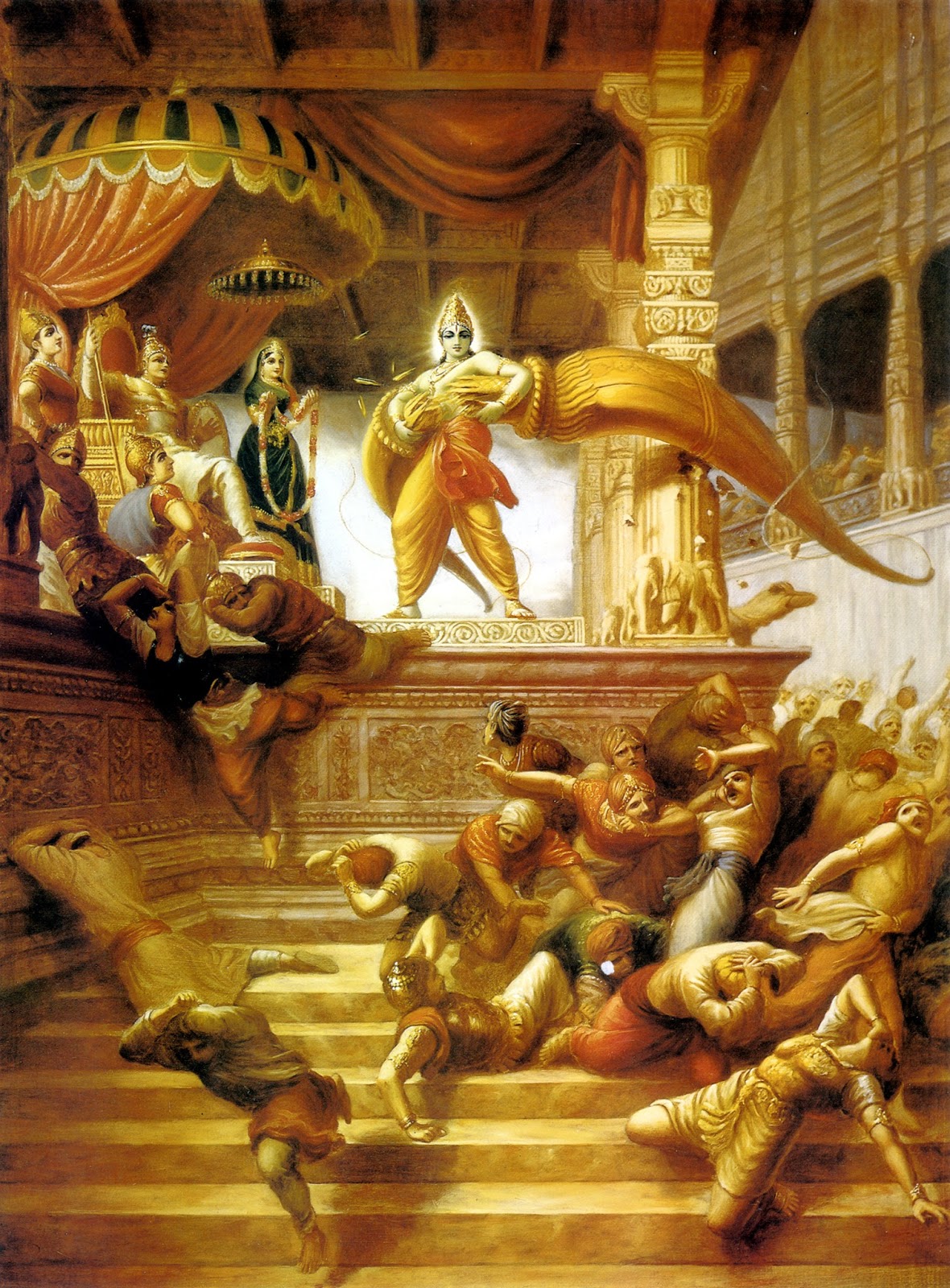Author- Thirali R.Srinivasa Raghavan, Chennai
Situated in a serene and tranquil setting amidst the lush green paddy fields ( During cultivation) with the backdrop of a cluster of Varshanad hills at the distant west is Sri Srinivasa Perumal Temple at THIRALI Village 5 Km South west of THIRUMANGALAM in Madurai Dist and 2KM west of the Madurai-Tenkasi highways, with frequent bus facilities.Though not included in 108 VaishaviteDivya Desas its proximities to nearby Divya Desas, Viz., Thirukoodal (Madurai), Thirumalirunjolai, Thirumoghur, Thiruvilliputhur and Thiruthangal gained fame among the Vaishavites of southern districts of Tamilnadu for more than 4 centuries.
The name of the village “THIRALI” might be a metamorphosis of “THIRAL+EE” i.e, honey bees hovering in multitudes around the flora that existed around the temple or “BHAKTHAR THIRAL ”depicting“ crowd of Devotees or “THIRU ARULEE” meaning wealth giving Village. The majority of the inhabitants were Sri Vaishnavite Brahmins, basically hard working agriculturists with small holdings of wet and dry lands, amongst whom some were renowned cooks, some were erudite scholars in Prabandham and Vedic scriptures looking after temple rituals and a few Siddha doctors and Hata yogis too.
Due to successive spells of drought, agriculture failed and the Brahmin folks out of penury gradually left for greener pastures or to stay, in their twilight years, with their employed children in towns for the past 5 decades. Only 5 or 6 inhabitants out of 120 in 2 Agraharams remain now who too are counting their days of exit. This has affected the daily Puja and maintenance of the Temple for some years. However, with the efforts of benevolent devotees, the Pujas of the temple culminated in the construction of Mandapam linking the main shrine with the shrines for Garuda, Sri Rama and Manavala mamunigal. The foundation for a well-laid path on the Praakharam and 4 tiered Rajagopuram was laid by Thirupathi Chinna Jeer during 2003. The Samprokshanam of the Rajagopuram was consecrated by Thirupathi Peria Jeer during Feb 2004. Such is the great concern and graceful attitude of THIRUPATHI Pontiffsto this small but famed temple though the village with a hory past now lamentably wears a deserted look.
THIRALI was in the past certainly in the itinerary of Yatras of the Pontiffs of Ahobila mutt, Vanamamalai mutt and Kandadai Annan mutt, without any bias f “KALAI” or very few of their disciples residing or even none at all and the local vaishnavites honoured the pontiffs fittingly during their limited stay and got their blessings.
 Every year the Brahmotsvam (Sravanam) of Lord Srinivasa like in Tirumala is being conducted now but on the last 5 days only.Scholars in Divya Prabandham and Vedic Pandits drawn from Madurai, Thirumoghur, Srivilliputtur, Srirangam and certain Divya Desas in Tirunelveli Dist participate and conduct the rituals.During the Utsav, the Temple of Serenity suddenly wears a look of exciting festivity. “Dravida Vedam” and Vedic mantras soulfully recited in cadenced and melodious form in unison by the Adhyapakas and vedic pundits, on all 5 days reverberate in the Temple precincts and its neighbourhood, a thrilling experience felt by the devotees which the Lord and His Consorts sparkling in the splendor of moderate number of jewels and flowers adorned would never fade from the eyes of the devotees forever. Anecdotes of miracles of the Lord heard from the elders speak of the sway of His power and protection of His simple subjects
Every year the Brahmotsvam (Sravanam) of Lord Srinivasa like in Tirumala is being conducted now but on the last 5 days only.Scholars in Divya Prabandham and Vedic Pandits drawn from Madurai, Thirumoghur, Srivilliputtur, Srirangam and certain Divya Desas in Tirunelveli Dist participate and conduct the rituals.During the Utsav, the Temple of Serenity suddenly wears a look of exciting festivity. “Dravida Vedam” and Vedic mantras soulfully recited in cadenced and melodious form in unison by the Adhyapakas and vedic pundits, on all 5 days reverberate in the Temple precincts and its neighbourhood, a thrilling experience felt by the devotees which the Lord and His Consorts sparkling in the splendor of moderate number of jewels and flowers adorned would never fade from the eyes of the devotees forever. Anecdotes of miracles of the Lord heard from the elders speak of the sway of His power and protection of His simple subjectsThe Devotees, mostly original residents of the village or their descendants attend the festival every year without fail to express their gratitude to their Lord for having answered their prayers or to renew their prayers for yet another year with unsullied faith, devotion and fervor.The spontaneous tear drops of the devotees speak of their prayers to give them one more year of life for their annual rendezvous with their Protector to experience his divine grace.
The Utsav committee duly honours the Adhyapakas, Vedic Pundits and the devotees. Thadheeyaradhanams on all 5 days are conducted by the individuals tastefully and traditionally.
Arrangements for bringing Garlands owned by Goddess Andal from Srivilliputtur are also being done on the last day of the Brahmotsvam.the Construction of shrines for Goddess Andal and Lord Hanuman are in the Wish-list of the devotees , to be hopefully fructified in future.
The precinct after the entrance is additionally used for more number of devotees for feasting and for Ashirvad rituals under pacca asbestos roofing braving the shine or rain.
Due to lack of staying facilities in this deserted village the devotees and Adhyapakas reluctantly restrict their stay for a day or stay at Madurai with their relatives and shuttle in between daily.Some devotees adjust themselves to stay with the residence in the village.
The Nithya Poojas are conducted twice daily and Thirunakshatrams and Alwar’s/Acharian’s are conducted regularly.
To perpetuate and take the glory of this highly sanctified and venerated temple to greater heights it is the duty of the devotees and their descendants in future.





